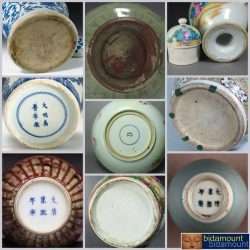
Dating Chinese Porcelain, learn about the foot rims too.
Dating Chinese Porcelain, learn about the feet too visually!
Learning how to date Chinese porcelains requires a solid understanding of many elements that makes up a piece. From shapes, to glazes, marks, colors, painting styles and those unglazed foot rims. In this post we're going to focus on the later. Including examples from the later Ming Dynasty to the late Qing Dynasty.
It's not all you need to know of course, but knowing them will give you a strong indicator of an object's true age. If the foot isn't right for the period being suggested or represented, then neither is the piece 99% of the time. The appearance of the foot is final confirmation good or bad after looking at the rest of the example. This is the one area the copyists and fakers have been so far unable to replicate accurately, though they do come very close at times. Just not close enough.
Chinese Porcelain By The Foot Rims
Comparing them by age and period.
Late Qing 1800 to 1908
Pay attention to the shape of the foot rims, color and texture.
Early Qing 17th C. to 1800
Footrims are much smoother, whiter/creamy and denser.
Late Ming to Transitional Period
White, knife trim marks very pure paste.
-

- Late Ming Swatow Porcelain Charger, notable for very gritty, dirty bottoms. Unlike most Ming porcelains.
-

- Late Ming Swatow Porcelain Charger, notable for very gritty, dirty bottoms. Unlike most Ming porcelains.
-
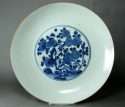
- Late Ming to Transitional Anhua decorated charger with blue and white decorations. Minor bit of kiln grit, smooth narrow foot.
-
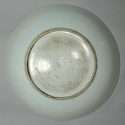
- Late Ming to Transitional Anhua decorated charger with blue and white decorations. Minor bit of kiln grit, smooth narrow foot.
-

- Transitional period wucai glazed jar foot rim. SLightly blurry blue, with squirrel and grape vine pattern.
-

- Transitional period wucai glazed jar foot rim. This foot is very dirty, slightly concave with fine turning lines. NOTE: Fakes have turning lines as well.
-

- Jiajing to Wanli jar with fish decorations. The foot is well squared, very dense paste. Overall bluish tone to glaze.
-

- Jiajing to Wanli jar with fish decorations. The foot is well squared, very dense paste. Overall bluish tone to glaze.
-
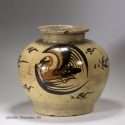
- Late Ming cizhou pottery jar. Bought during the 1980’s ex collection of American Artist Joseph Lindon Smith, 1863-1950. Not terribly rare, but very well done. Authors collection.
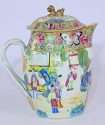
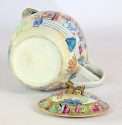












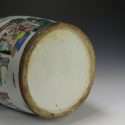
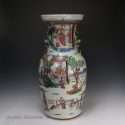
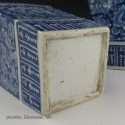
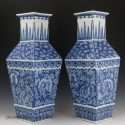
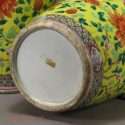
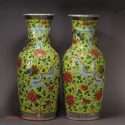
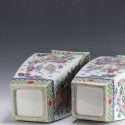
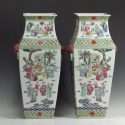




























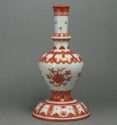
































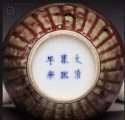
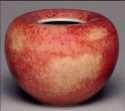
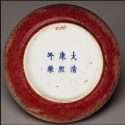


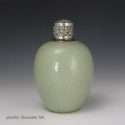
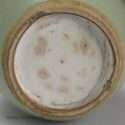










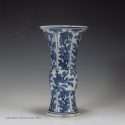
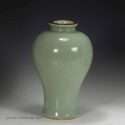
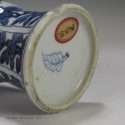
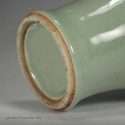
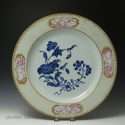
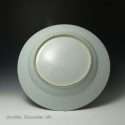
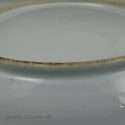
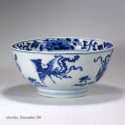
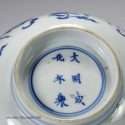




































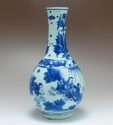
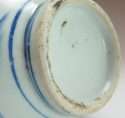








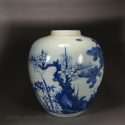
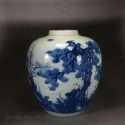
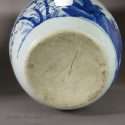
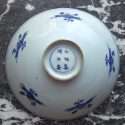
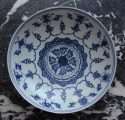







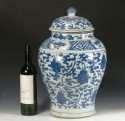

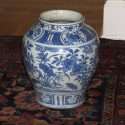
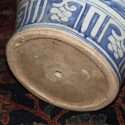
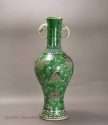
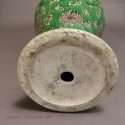


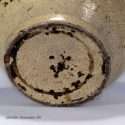














Wonderful! This helps tremendously to clear up some questions for me. Much appreciate your efforts in the area of training others!
Great photos thanks! My question is what exactly am I looking for with regard to foot rims?
Very helpful. Thank you for sharing your knowlege.
Thank you once again Peter! You are truly an inspiration in helping educate collectors, scholars, appraisers and dealers. Thank you so much for sharing your vast knowledge and and inspiring all of us to learn, teach and share!
i cannot say enough positive things about these types of tutorials. i hope that you find the time to produce others which cover technical aspects of the porcelain such as glaze, enamel, form – anything to help enlighten about chinese porcelains across the centuries.
i have been collecting shards for 60 years off south african east coast i have wonderful shards with foot rims, id like to group them , as i would like to do something meaningful with these shards. I have shards with Wanli and Jiajing marks on them. i am in process of working out sizes seems like i have a few pieces from crow cups also pouring vessel with frog, to name but a few . Thank you for your photos it helped regognize and organize some shards.